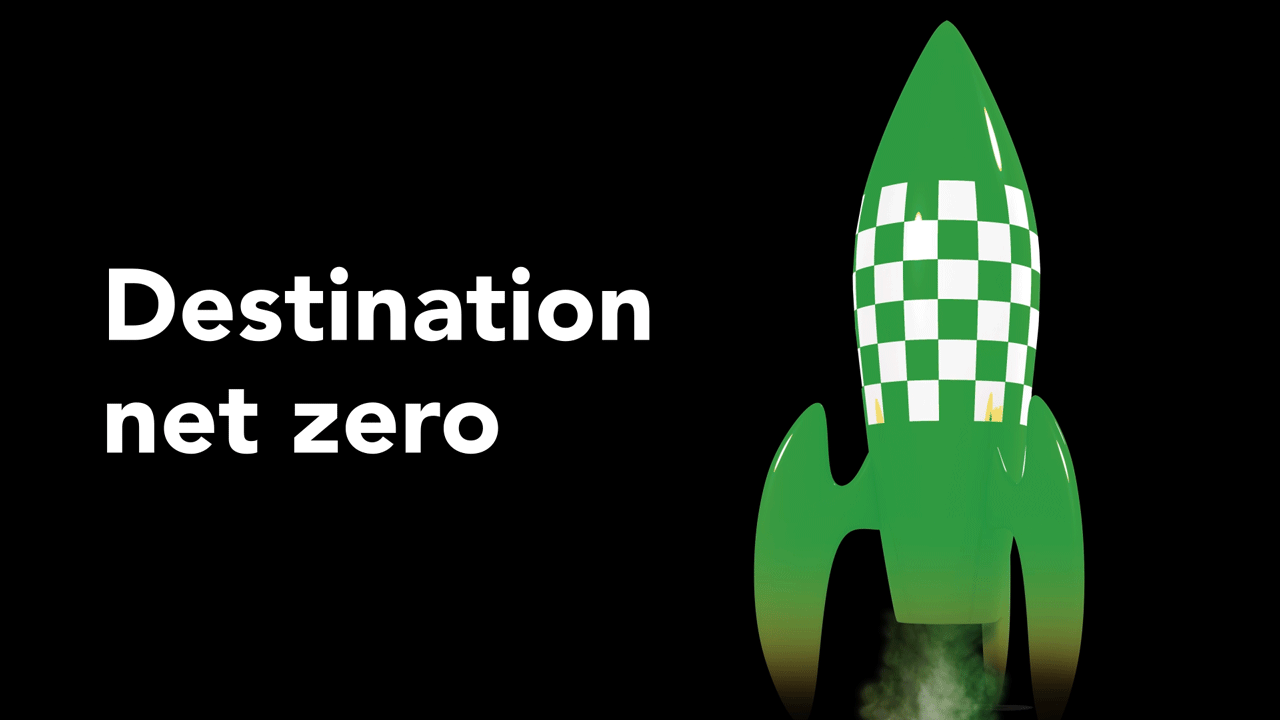IMO has signalled an end to conventional fuels, says Getting to Zero Coalition
Last week, the Getting to Zero Coalition published a new insight brief that examines the implications of the IMO’s net-zero framework.
Using total cost of ownership modelling by UMAS and UCL and input from more than 30 stakeholder interviews, the brief finds that the IMO’s recent policy measures can drive an early shift to scalable zero-emission fuels, but only if they include meaningful rewards for first movers and increasing penalties over time.
The long-term cost modelling finds that dual-fuel ships running on liquefied natural gas or ammonia will be the most cost-competitive option before the mid-2030s, with ammonia taking the lead from around 2037. Given the long life spans of these investments, orders of dual-fuel ammonia vessels can already be the competitive choice today. To ensure that scalable e-fuel alternatives are made ready in time, the IMO guidelines must define rewards that ensure their competitiveness this decade.
While the analysis finds that e-fuels have the highest potential for shipping to achieve its long-term decarbonisation targets, early uptake and value chain development are needed if they are to be commercially viable in time.
“The IMO’s new framework is a historic step forward, but unless e-fuels become competitive early on, there is a risk that the sector will run into bottlenecks as its decarbonisation efforts scale up,” Jesse Fahnestock, the Global Maritime Forum’s director of decarbonisation, said. “The industry can no longer afford to do nothing.”

